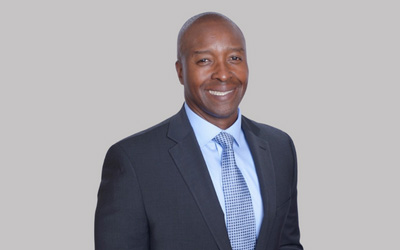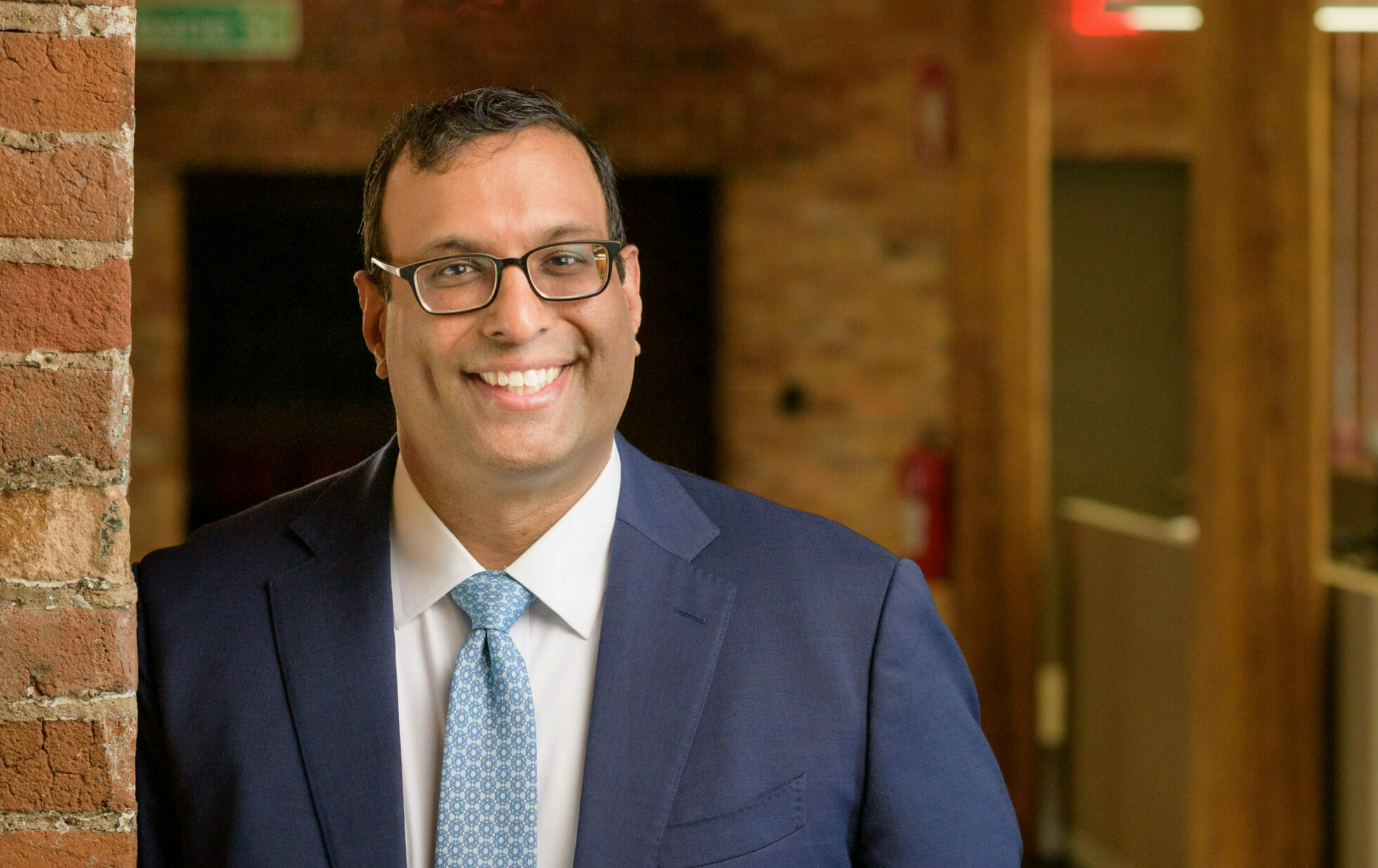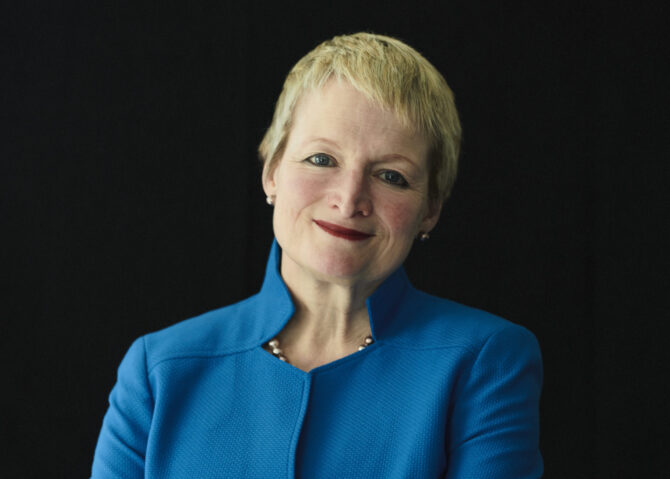Great leaders change lives.
“Never destroy a person’s dreams before they have a chance to realize them.” So says a leader who is as inspiring as he is exceptional. Lt Gen Bruce Crawford, senior vice-president, chief of innovation and director of the Global Digital Center of Excellence at Jacobs, recently shared his personal story with me.
Crawford had a challenging upbringing in Columbia, South Carolina. “I’m not ashamed to say it, we were on welfare,” he said. “Times were pretty tough for us and for a lot of families in our neighbourhood.” His high school guidance counsellor saw no academic future for him. “He said, ‘Bruce, you’re not college material. I think what you should do is get a trade.’ Taught to respect my elders growing up, I said, ‘okay’”. And as a young African American, Crawford saw few of his peers pursuing formal education. “Where I was from, very few people went to college.”
His mechanical drawing teacher, Dr Clarence Hill, had different ideas. Hill asked if he could call the young Crawford’s mother to discuss college. Thirty-one years later, when Crawford had the honour of being promoted to three-star general and becoming the chief information officer of the US Army, Hill flew to Washington DC for the ceremony. “The lesson I took away from this experience is the difference one leader can make in someone’s life,” Crawford tells me.
He still draws on these early lessons – and the expertise gained over three decades of military and technical leadership – in his current role at Jacobs, driving innovation and digital transformation globally. Jacobs is a global consulting and technical expertise firm pursuing its own cultural transformation centred around three pillars – inspiration, inclusion and innovation. For Crawford, strong technical skills are essential, but being an inspirational, inclusive and innovative leader is key.
Inspiration and authenticity
“Inspiration awakens us to new possibilities by allowing us to transcend our ordinary experiences and limitations,” says Scott Kaufman in the Harvard Business Review. “Inspiration propels a person from apathy to possibility.” We can be inspired by something, like seeing a Van Gogh up close. Or by someone, like a leader. “People want to know who you are, not just what you know,” Crawford tells me. “It means being a leader of high character, able to deal with difficulties so well that others want to be like you.”
Authenticity is key. “The best way to build trust in an organization is to be a leader who is authentic and sets the example.” Trying to portray yourself differently may work in good times. “However, in times of challenge, when the stakes are high and pressure is on, those you lead will see right through that. Building trust and inspiring people means making sure that you are genuine and a person of character, that you’re constantly treating people with dignity and respect, even in tough situations. That’s a lesson that I learned from my grandparents.”
Inclusion and innovation
Solving today’s complex problems requires diversity of thought and perspective. “It is very difficult to get diversity of thought if everyone looks the same way and has similar life experiences,” says Crawford.
As neuroscientist Vivienne Ming has explained (Dialogue Q2 2022), research shows that diversity boosts company performance and enhances innovation. Yet simply assembling a diverse group isn’t enough: how they work and think together makes the difference. And it takes work to build trust with people whom your brain perceives as different. To truly foster innovation, we must not only assemble diverse teams, but build inclusive work environments that activate and leverage that diversity. As Crawford says, “It is the leader’s job to build inclusive environments, where diversity is really a part of your DNA.”
Crawford’s story – and his advice – are both inspirational and instructional. “People are the most important thing,” he tells me. “Know your people.” As Crawford and Hill demonstrate, just one leader can provide the inspiration that shapes a life.




